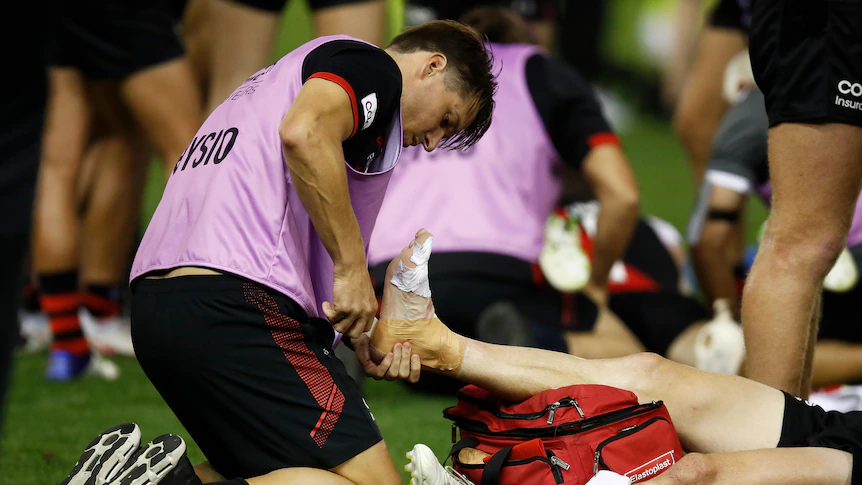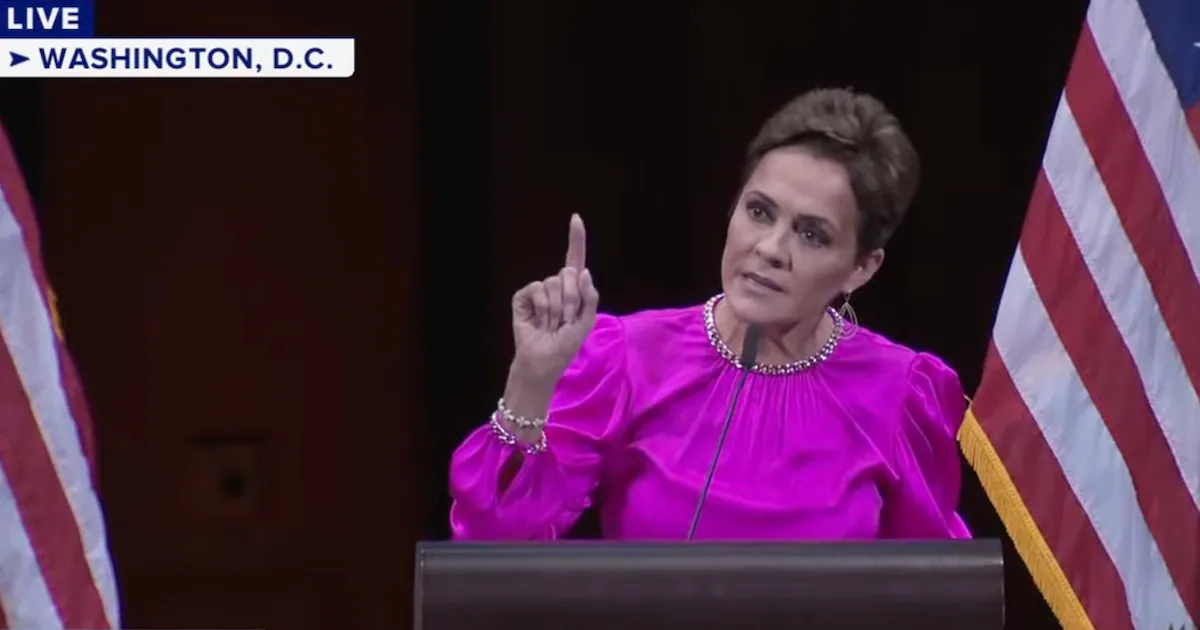
Some private student loans could get cheaper as the Federal Reserve cut interest rates for the first time since last year on Wednesday.
Why It Matters
An estimated 43 million Americans have student loan debt totaling $1.8 trillion, according to the Education Data Initiative. The interest rate cut could give some—but not all—of those borrowers relief amid ongoing economic concerns about the cost of living and tariffs.
The Federal Reserve has been hesitant to make large cuts to the interest rate in the years following the COVID-19 pandemic, which caused a global rise in inflation and economic slowdown.
What To Know
The Federal Reserve cut rates from 4.5 percent to 4.25 percent on Wednesday, the first cut since December 2024.
“In support of its goals and in light of the shift in the balance of risks, the Committee decided to lower the target range for the federal funds rate by 1/4 percentage point to 4 to 4-1/4 percent,” the Federal Reserve wrote in a statement. “In considering additional adjustments to the target range for the federal funds rate, the Committee will carefully assess incoming data, the evolving outlook, and the balance of risks.”
Student borrowers who have private loans with variable rates may see some decreases in interest rates following the decision. Variable rates are interest rates that change over time and can change with market conditions and the Federal Reserve’s rates. It’s different from a fixed rate, which stays the same regardless of economic fluctuations. Private student loans may have variable rates, but federal loans often have fixed rates.
“Variable rate loans will likely see their rates come down given the fact they are based on SOFR or the prime rate. As for the lender, it is up to them when they adjust the rates, whether it be monthly or quarterly, which is determined by your loan agreement,” Kevin Thompson, the CEO of 9i Capital Group and the host of the 9innings podcast, told Newsweek.
The smaller interest rate cut does little for most Americans, who will see “very limited benefits from the minimal rate cut,” Thompson said. He added that the cut may reduce some pain, but that will likely be “immaterial for many Americans.”
Borrowers with these loans should review their terms so they know when their rate resets and how the changes are applied.
“Don’t assume every cut translates into immediate savings,” he said.
In the statement, the Federal Reserve wrote that indicators suggest the growth of economic activity “moderated in the first half of the year,” pointing to slower job growth and the unemployment rate creeping up but remaining low.
“The Committee seeks to achieve maximum employment and inflation at the rate of 2 percent over the longer run,” the statement said. “Uncertainty about the economic outlook remains elevated. The Committee is attentive to the risks to both sides of its dual mandate and judges that downside risks to employment have risen.”
What People Are Saying
Bank of America CEO Brian Moynihan told Bloomberg on Wednesday: “The tension the Fed has to deal with…is the tension between the higher inflation rate and ultimately where Fed funds can settle in at. Whether they do 25 basis points or 50, people have to keep in mind, the growth rate in the economy was brought down and now it’s starting to go back up.”
Economist Justin Wolfers, on X: “Fed statement makes it official: Stagflation is in the room.”
What Happens Next
The Federal Reserve board will meet and discuss future cuts October 28-29 and December 9-10.



